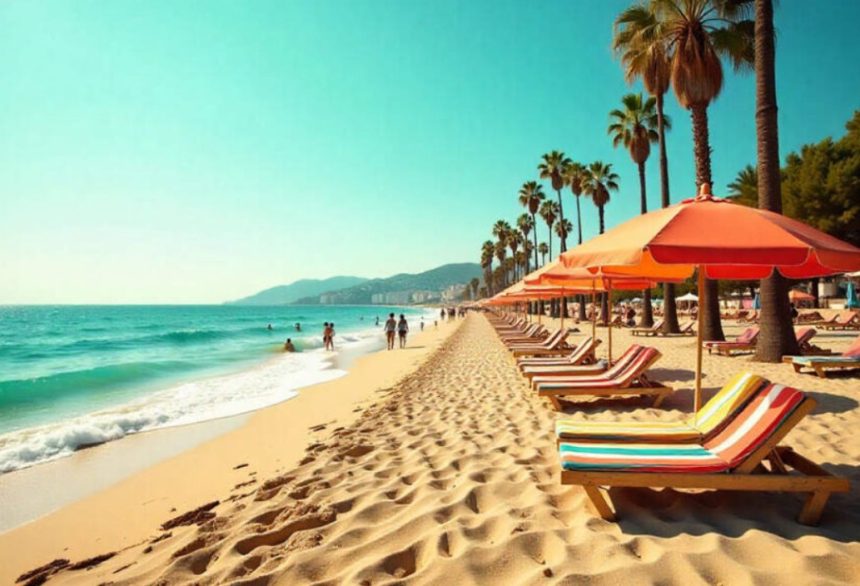The Canary Islands have been thrust into rare red-alert territory, with forecasters warning holidaymakers and locals alike of extreme heat gripping the popular Spanish archipelago.
Spain’s national weather agency, Aemet, confirmed that Lanzarote, Fuerteventura, parts of Gran Canaria, and sections of Tenerife will face searing highs of around 40°C.
Night-time relief will be minimal, with temperatures stubbornly clinging to 30°C or more. The red warnings officially take effect on Sunday, 10 August.
Other islands will sit under amber warnings, where highs could hit 38°C. On Saturday, all of the Canary Islands are expected to swelter under amber alerts, while southern Gran Canaria will move straight into red alert status.
Aemet says the heatwave won’t be fleeting, predicting it will last until “at least” Wednesday, 13 August.
Forecasters stressed in their advisory: “The peak of the episode is expected between Saturday and Monday, when temperatures could exceed 38-40°C and even extend to low-lying areas.
Additionally, low temperatures are expected to be significantly high, with values expected to remain below 26-28°C, especially on southern slopes.”
Health officials have already rolled out their own warnings. The Canary Islands Ministry of Health has labelled several areas red or amber, urging people to take the heat risk seriously, particularly the elderly, children, and those with health conditions.
Under Red Alert:
- Gran Canaria: Tejeda, Vega de San Mateo, Agüimes, Artenara, Ingenio, Mogán, San Bartolomé de Tirajana, La Aldea de San Nicolás, Santa Lucía de Tirajana, Telde, Valsequillo.
- Fuerteventura: Antigua, Betancuria, La Oliva, Pájara, Puerto del Rosario, Tuineje.
Amber Alerts:
- Tenerife: Candelaria, San Cristóbal de La Laguna, El Rosario, Santa Cruz de Tenerife, Tacoronte, Tegueste.
- Lanzarote: Arrecife, Haría, San Bartolomé, Teguise, Tías, Tinajo, Yaiza.
- La Palma: El Paso.
Yellow Alerts:
Multiple areas in Tenerife, Gran Canaria, and La Palma remain on yellow status, still signalling dangerous heat but at a lower threshold.
The Ministry of Health’s advice is straightforward: stay hydrated, avoid the midday sun, remain in shaded or cool areas, and put off any heavy physical activity outdoors.
With temperatures climbing and the air growing thick with heat, the normally sun-soaked paradise of the Canary Islands is set for a stretch of weather that’s more punishing than pleasant.
Tourists may find their beach plans swapped for siestas in air-conditioned rooms. Locals, meanwhile, will be counting down the days until the searing sun eases its grip.






